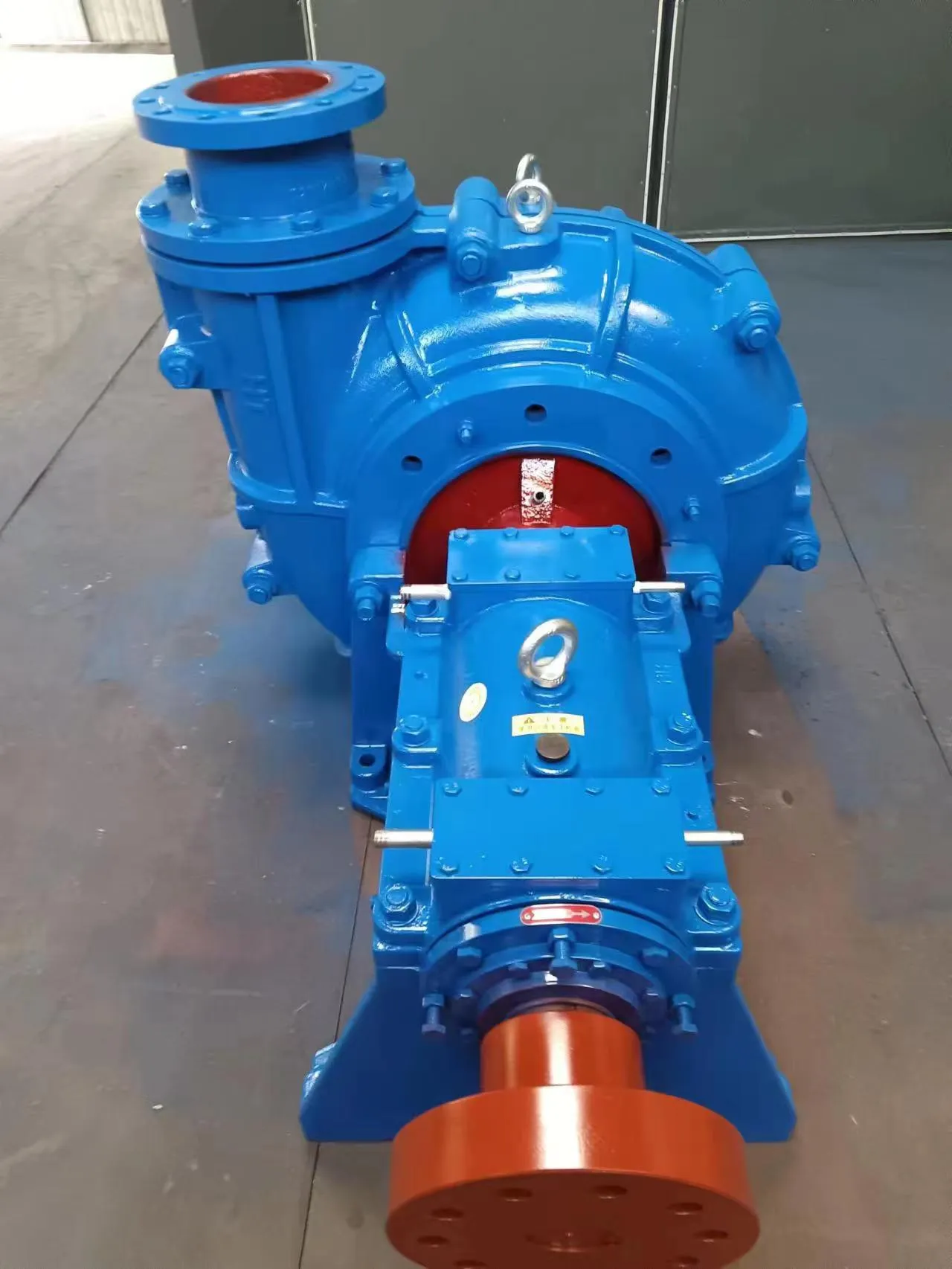English
- Afrikaans
- Albanian
- Amharic
- Arabic
- Armenian
- Azerbaijani
- Basque
- Belarusian
- Bengali
- Bosnian
- Bulgarian
- Catalan
- Cebuano
- Corsican
- Croatian
- Czech
- Danish
- Dutch
- English
- Esperanto
- Estonian
- Finnish
- French
- Frisian
- Galician
- Georgian
- German
- Greek
- Gujarati
- Haitian Creole
- hausa
- hawaiian
- Hebrew
- Hindi
- Miao
- Hungarian
- Icelandic
- igbo
- Indonesian
- irish
- Italian
- Japanese
- Javanese
- Kannada
- kazakh
- Khmer
- Rwandese
- Korean
- Kurdish
- Kyrgyz
- Lao
- Latin
- Latvian
- Lithuanian
- Luxembourgish
- Macedonian
- Malgashi
- Malay
- Malayalam
- Maltese
- Maori
- Marathi
- Mongolian
- Myanmar
- Nepali
- Norwegian
- Norwegian
- Occitan
- Pashto
- Persian
- Polish
- Portuguese
- Punjabi
- Romanian
- Russian
- Samoan
- Scottish Gaelic
- Serbian
- Sesotho
- Shona
- Sindhi
- Sinhala
- Slovak
- Slovenian
- Somali
- Spanish
- Sundanese
- Swahili
- Swedish
- Tagalog
- Tajik
- Tamil
- Tatar
- Telugu
- Thai
- Turkish
- Turkmen
- Ukrainian
- Urdu
- Uighur
- Uzbek
- Vietnamese
- Welsh
- Bantu
- Yiddish
- Yoruba
- Zulu
Telephone: +86 13120555503
Email: frank@cypump.com
Sep . 29, 2024 00:57 Back to list
Design and Efficiency of Submersible Mixed Flow Propeller Pumps for Various Applications
Submersible Mixed Flow Propeller Pumps An Overview
Submersible mixed flow propeller pumps are specialized pumps designed for efficient fluid transport in various applications, including wastewater treatment, agricultural irrigation, and industrial processes. These pumps function underwater, allowing them to handle high flow rates and provide significant head at the same time. Their unique design combines elements of both centrifugal and axial flow pumps, enabling them to cope with specific challenges posed by submerged operation.
Working Principle
The operational mechanism of submersible mixed flow propeller pumps is a blend of axial and radial flow. The pump features a propeller that draws fluid in and moves it along the pump axis while simultaneously applying centrifugal force. As fluid enters the pump, it is redirected through guide vanes that enhance the flow efficiency and reduce turbulence. This design allows the pump to achieve high flow rates with relatively low energy consumption compared to traditional pumps.
Applications
Submersible mixed flow propeller pumps find extensive use in various sectors due to their versatility and efficiency
1. Wastewater Treatment These pumps are integral to municipal wastewater treatment facilities, where they transport sewage and process water. Their ability to handle solids and debris makes them ideal for such environments.
2. Irrigation Systems In agricultural settings, these pumps are crucial for efficient water distribution. They can be submerged in lakes, rivers, or reservoirs, providing consistent pressure and flow rates necessary for irrigation.
submersible mixed flow propeller pump

Advantages
The benefits of using submersible mixed flow propeller pumps are manifold. Firstly, their submerged operation means there is no need for complex suction piping or priming systems, resulting in reduced installation costs and maintenance efforts. Additionally, these pumps are generally more energy-efficient than surface pumps due to their ability to push water directly to the surface without losing energy to atmospheric pressure.
Moreover, the design of submersible mixed flow propeller pumps allows them to operate quietly, making them suitable for use in residential areas without causing noise pollution. This feature is particularly important in urban settings where sound regulations are strict.
Challenges and Considerations
Despite their advantages, submersible mixed flow propeller pumps also face challenges. The submerged environment can expose the equipment to corrosion, especially when pumping aggressive fluids. Hence, selecting the right materials for construction, such as stainless steel or specialized alloys, is crucial for longevity.
Additionally, troubleshooting and maintenance can be more complicated compared to above-ground pumps. Regular monitoring is necessary to avoid failures, given that accessing submerged pumps can require specialized equipment and procedures.
Conclusion
Submersible mixed flow propeller pumps represent a pivotal technology in fluid management across various industries. Their efficient design and operational capabilities make them ideal for challenging environments, enabling the successful transport of fluids. As technology advances, we can expect further enhancements in their performance, efficiency, and durability, ensuring they continue to play a critical role in modern fluid handling solutions. Whether utilized in wastewater treatment, agriculture, or industrial applications, these pumps exemplify the importance of innovation in addressing the ever-evolving demands of fluid management.
-
ISG Series Vertical Pipeline Pump - Chi Yuan Pumps Co., LTD.|High Efficiency, Energy Saving, Low Noise
NewsJul.30,2025
-
ISG Series Vertical Pipeline Pump- Chi Yuan Pumps|High Efficiency&Low Noise
NewsJul.30,2025
-
ISG Series Vertical Pipeline Pump-Chi Yuan Pumps Co., LTD.|High Efficiency&Energy Conservation
NewsJul.30,2025
-
ISG Series Vertical Pipeline Pump - Chi Yuan Pumps Co., LTD.|Advanced Hydraulic Design&Energy-Efficient Solutions
NewsJul.30,2025
-
ISG Series Vertical Pipeline Pump - Chi Yuan Pumps Co., LTD.
NewsJul.30,2025
-
ISG Series Vertical Pipeline Pump - Chi Yuan Pumps Co., LTD.|energy-efficient fluid handling&industrial durability
NewsJul.30,2025










